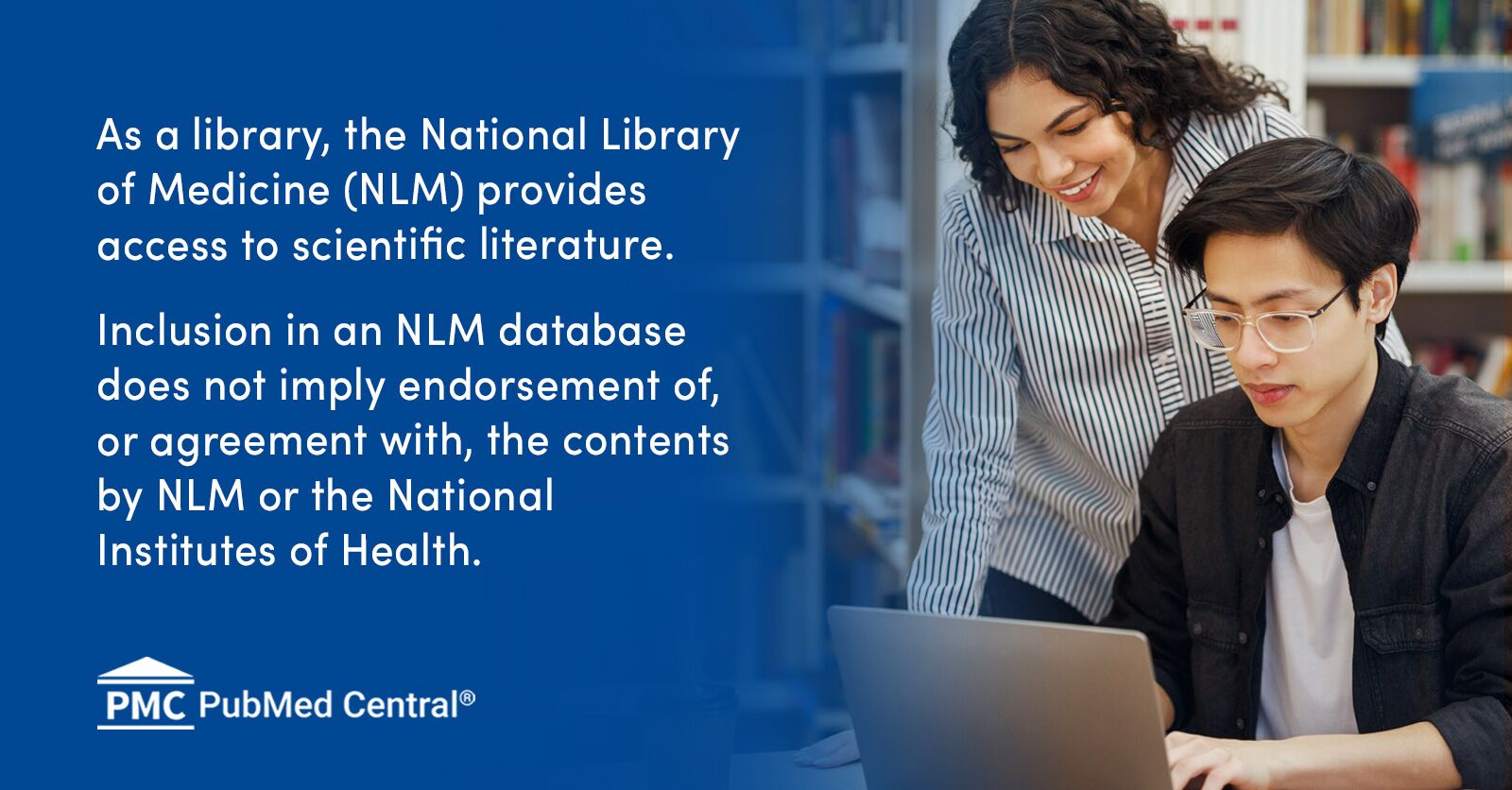Actually the genome of this virus uses the bases A, C, U and G. This is an RNA virus and U (uracil) substitutes for T (thymine) used in DNA-based genomes. (Once the virus is incorporated into the host DNA genome, this U position changes to T.)
In any event, 13,000 mutations is quite a few for a genome of only 30,000 bases. Even more curious, all of these genomes must have produced viable viruses, one suspects, or they would not have been isolated. There are likely many more of those mutations than 13,000. Only viable mutations survive and propagate, and only 100,000 samples have been sequenced. There are millions of more infections not yet sequenced that would likely increase the number of mutations substantially. We are watching evolution of a virus in "real time".
It was very good to read that the rate of SARS-CoV-2 mutations is "two to six-fold lower than the number of mutations acquired by influenza viruses over the same period." This suggests that immunity and a vaccine may last longer than previously suggested, as long as the mutation rate stays low. All the more reason to prevent its spread and limit the number of mutations. Internal mutations within a strain of virus that impacts a prior immunity is known as "antigenic drift" (1)
While most of these mutations seem "harmless", some are a bit worrying. The D614G mutation in the spike, which has substantial global spread, does not appear to be involved in antibody binding, which means it should not impact a vaccine developed against a form without the mutation.
Another mutation at position 57 in the spike is more worrisome because it could be involved in what is known as an "antigenic determinant", a region in the spike that could elicit an antibody response. Any mutations in these regions are cause for concern about any present vaccines, and those immune by infection to the previous "strain". It all depends on what impact the mutation has on antibody binding affinity at that site. Unfortunately they do not specify what amino acid was changed.
It should be noted that a single change in the amino acid of a protein can have a major impact on its behavior. Sickle cell anemia is caused by a change in one amino acid in hemoglobin that leads to its precipitation in red blood cells, causing severe symptoms.
The best news out of this report is that the rate of mutation is substantially less than that seen with influenza viruses. This provides good reason to believe that acquired immunity, or any obtained by a vaccine, may last for several years, and possibly longer, especially if we can stop the spread of the virus and limit these mutations.
(1)
https://en.wikipedia.org/wiki/Antigenic_drift

